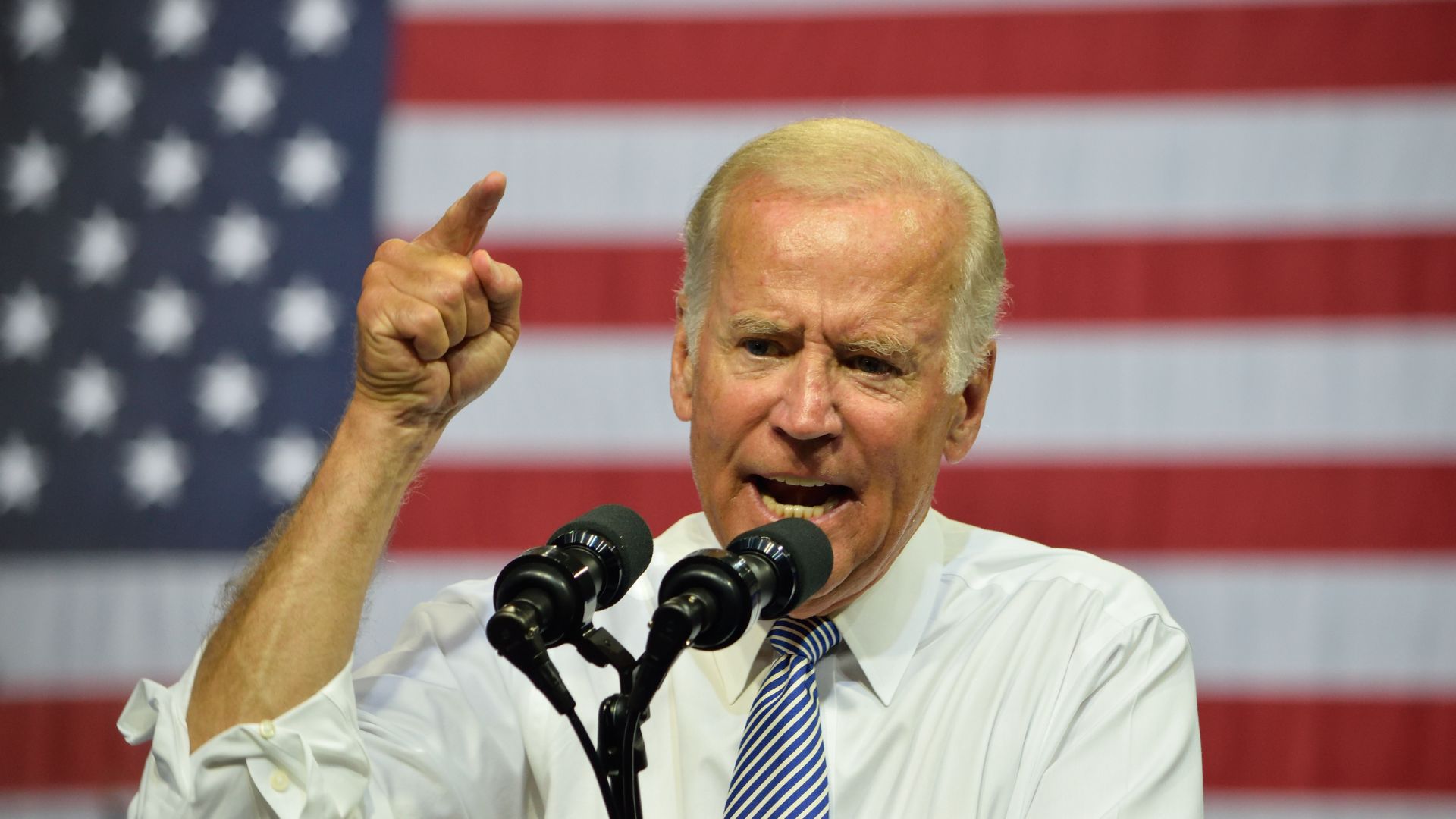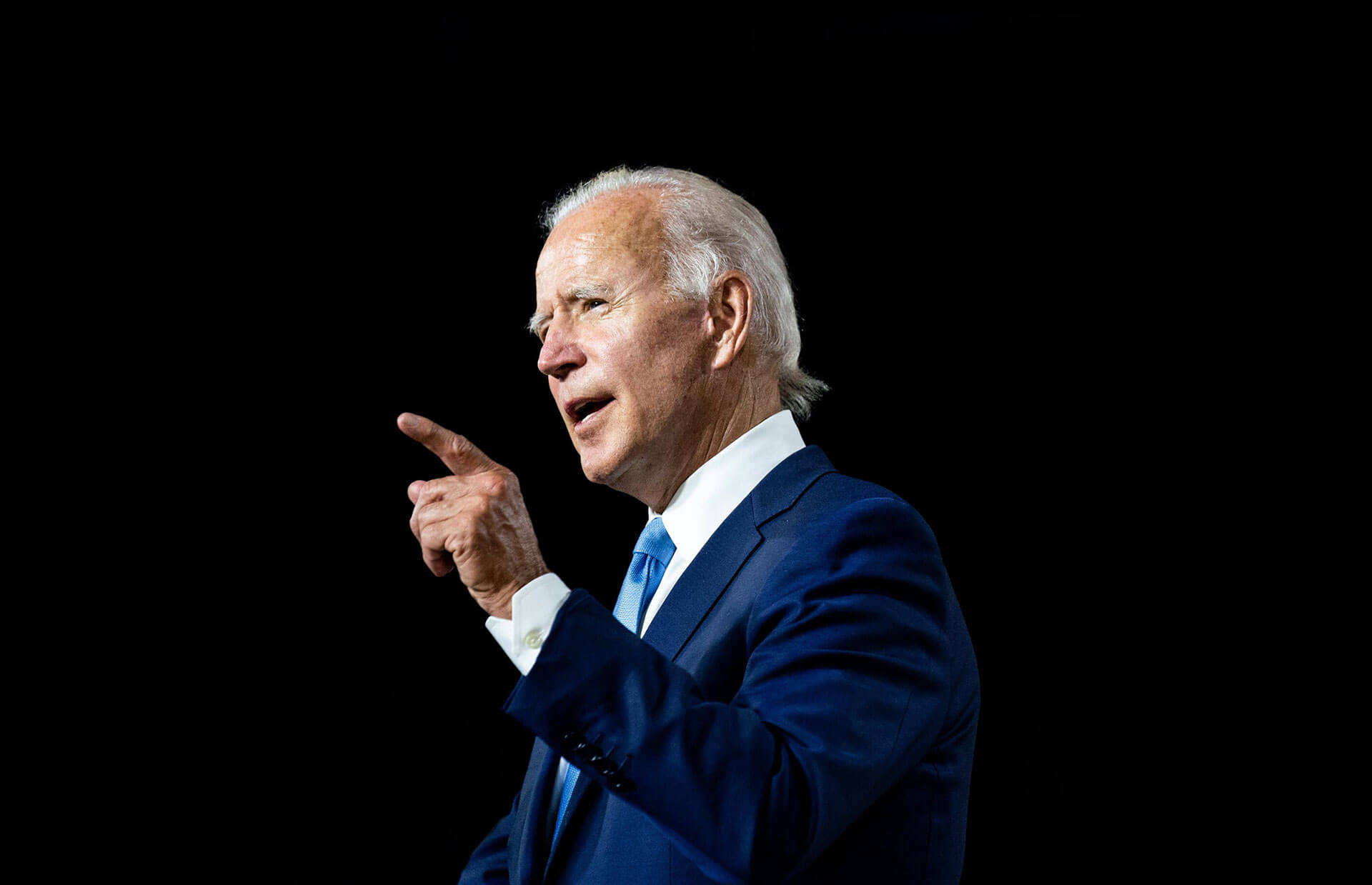The roots of the immigration crisis at the US-Mexico border can be traced back to historical factors that have shaped the region. The United States and Mexico share a complex history marked by colonialism, territorial disputes, economic interdependence, and socio-political factors. Economic disparities, limited opportunities, violence, and political instability in Mexico have historically pushed individuals to seek a better life across the border. Simultaneously, the demand for labor in the United States has acted as a magnet, pulling migrants northward.
The signing of the North American Free Trade Agreement (NAFTA) in 1994 brought about a significant shift in the dynamics of US-Mexico relations. While NAFTA aimed to promote economic growth and development, it also had unintended consequences for Mexican farmers and small-scale industries. The influx of subsidized American agricultural products led to the displacement of local farmers and increased unemployment. This economic upheaval, coupled with the lure of higher wages and employment opportunities to the north, further fueled migration from Mexico to the United States.
A Teetering System
After years of stabilizing or even declining numbers of undocumented, unauthorized, or illegal migrants (pick your term) crossing the southern border, the influx has recently exploded and remains at stratospheric levels. The Migration Policy Institute estimated that around 79% of the undocumented immigrant population in the United States in 2018 originated from Mexico and Central America, including countries such as El Salvador, Guatemala, and Honduras.
The numbers tell us that the US has an immigration crisis. Past reforms have attempted to address the complexities of the border but have failed. The Immigration Reform and Control Act (IRCA) of 1986 sought to grant amnesty to undocumented immigrants while simultaneously increasing border enforcement measures. However, the implementation of IRCA faced challenges, and subsequent reforms failed to provide a comprehensive solution. The absence of a clear path to legal status for those unauthorized immigrants who arrived after the IRCA, coupled with inadequate border security measures, contributed to an ongoing cycle of unauthorized migration.
Since early 2021, there has been a notable increase in the number of individuals attempting to cross the US-Mexico border. The reasons behind this surge are multifaceted and can be attributed to a combination of push and pull factors. Economic challenges, violence, political instability, natural disasters, and the desire to reunite with family members already in the United States are among the factors that drive individuals to leave their home countries and seek entry into the United States. On top of that, the Biden Administration has a history of sending mixed signals to migrants.
The influx of migrants has overwhelmed border facilities and strained the resources of immigration agencies, such as Customs and Border Protection and the Office of Refugee Resettlement. The capacity to process and house migrants has been stretched thin, resulting in overcrowded detention centers and temporary facilities. The situation has raised concerns about the conditions in which migrants are held, including issues of overcrowding, limited access to healthcare, and inadequate facilities to accommodate families and unaccompanied minors.
The increase in migrant arrivals has also strained the capacity to handle asylum claims and legal processing. The backlogs in immigration courts have further prolonged the time it takes to resolve cases, leaving individuals in limbo and creating challenges for managing the flow of migrants.
Trump Policies Dismantled
While the issue predates the Biden administration, it is crucial to analyze how President Joe Biden’s policies have shaped the current immigration crisis at the border.
From day one, Biden has prioritized dismantling the immigration policies implemented by his predecessor. His eagerness to erase any trace of Donald Trump’s immigration legacy has left our border vulnerable and created a magnet for illegal immigration. During his presidency, Donald Trump implemented various immigration policies aimed at reducing the influx of undocumented immigrants into the United States. While these policies were controversial and faced criticism from many quarters, supporters argue that they had notable effects on immigration patterns.
Here are some of Trump’s key immigration policies:
Border Security and Wall Construction: Trump made border security a priority and pushed for the construction of a physical barrier along the US-Mexico border. Although significant portions of the wall were replacement or reinforcement of existing barriers, it aimed to deter illegal crossings.
Migrant Protection Protocols (MPP): The MPP, also known as the “Remain in Mexico” policy, required individuals seeking asylum at the southern border to wait in Mexico while their claims were processed in US courts. Supporters argue that this policy helped manage the influx of asylum seekers and reduced the incentive for fraudulent claims.
Title 42: It was introduced in March 2020 by the Centers for Disease Control and Prevention (CDC) under the Trump administration. This policy invoked a public health provision, allowing the swift expulsion of individuals who posed a risk of spreading infectious diseases, including COVID-19. It acted as a necessary and effective tool to protect both Americans and migrants themselves from potential health hazards.
Title 42 proved crucial in managing the overwhelming surge of illegal immigration at the southern border. By enforcing swift deportations, it discouraged the dangerous practice of human smuggling and reduced the strain on our already burdened immigration system. Curiously, the Biden Administration fought Title 42 expulsions even as it officially maintained the COVID crisis was ongoing.
Asylum Policy Changes: The Trump administration implemented several changes to the asylum system, including the expansion of “safe third country” agreements and imposing stricter requirements on asylum seekers. These policies aimed to limit the number of individuals qualifying for asylum and expedite the asylum process.
Immigration Enforcement: Trump focused on ramping up immigration enforcement, empowering Immigration and Customs Enforcement (ICE) to target undocumented immigrants, including those with criminal records. This led to increased apprehensions and deportations.
Indifference by Design
The most egregious aspect of Biden’s approach lies in his weakening of border enforcement measures. The termination of the Migrant Protection Protocols (MPP), has resulted in a surge of illegal border crossings. By allowing migrants to enter the United States while awaiting court proceedings (that more often than not are skipped anyway), Biden has effectively created a “catch and release” system that encourages further illegal entry.
The Biden Administration, led by its disdain for immigration enforcement, In May 2021 began winding down Title 42. The impact of repealing Title 42 has been swift and devastating. The number of illegal border crossings has skyrocketed to levels unseen in recent history, overwhelming Border Patrol agents and immigration facilities. Our border communities are forced to bear the brunt of this burden, grappling with the consequences of uncontrolled immigration.
Furthermore, Biden’s reckless expansion of immigration enforcement priorities is a slap in the face to law-abiding citizens. The administration’s focus on dismantling ICE and limiting deportations has created a dangerous environment where criminal illegal aliens are shielded from justice. This flagrant disregard for public safety and the rule of law undermines the very fabric of our society.
While the Biden administration claims to prioritize “humane” immigration policies, it conveniently ignores the humanitarian crisis that its own policies have exacerbated. The overcrowded detention facilities, unsanitary conditions, and the exploitation of vulnerable migrants are all consequences of an open-borders agenda. By failing to provide a deterrent and a clear message that illegal entry will not be tolerated, Biden’s policies perpetuate a cycle of human suffering and incentivize more dangerous journeys.
Sound Immigration Policies, Not Border Chaos
It is not a matter of heartlessness or xenophobia to demand secure borders and a rational immigration system. The United States has a rich history of legal immigration, and we have always welcomed those who abide by our laws. However, Biden’s policies prioritize the desires of foreign nationals over the well-being of American citizens.
The solution lies in a balanced approach that combines border security, immigration enforcement, and compassionate solutions for those seeking legal entry. This means investing in technology and infrastructure to secure our borders, reforming our broken immigration system, and prioritizing the interests and safety of American citizens.
The Biden administration’s reckless disregard for the rule of law and the sovereignty of our nation will have lasting consequences. It is high time that we recognize the dangers of these policies and demand a return to a sensible, secure, and fair immigration system that puts America and its citizens first. Our nation’s future depends on it.
The views expressed in this article are the author’s own and do not necessarily reflect Fair Observer’s editorial policy.
For more than 10 years, Fair Observer has been free, fair and independent. No billionaire owns us, no advertisers control us. We are a reader-supported nonprofit. Unlike many other publications, we keep our content free for readers regardless of where they live or whether they can afford to pay. We have no paywalls and no ads.
In the post-truth era of fake news, echo chambers and filter bubbles, we publish a plurality of perspectives from around the world. Anyone can publish with us, but everyone goes through a rigorous editorial process. So, you get fact-checked, well-reasoned content instead of noise.
We publish 2,500+ voices from 90+ countries. We also conduct education and training programs
on subjects ranging from digital media and journalism to writing and critical thinking. This
doesn’t come cheap. Servers, editors, trainers and web developers cost
money.
Please consider supporting us on a regular basis as a recurring donor or a
sustaining member.
Support Fair Observer
We rely on your support for our independence, diversity and quality.
Will you support FO’s journalism?
We rely on your support for our independence, diversity and quality.






